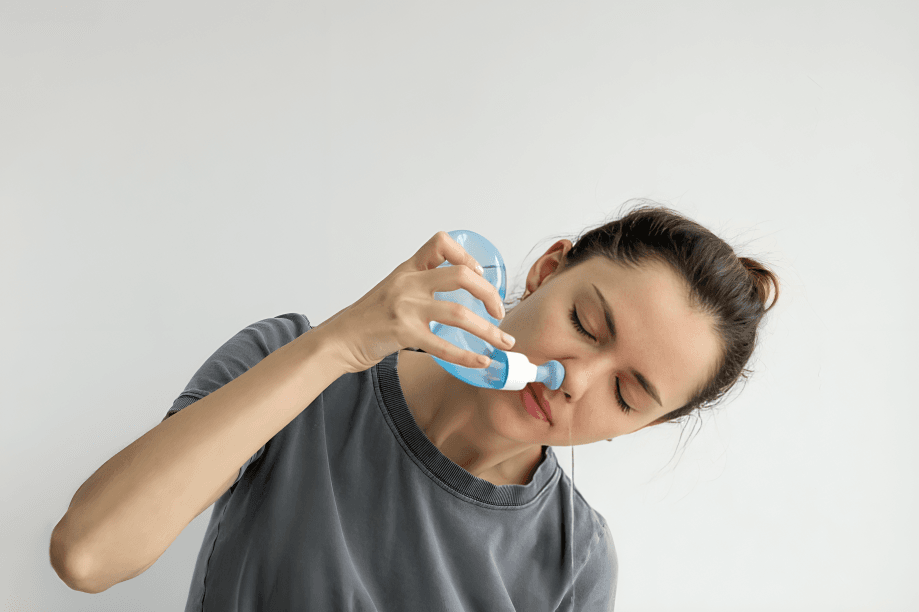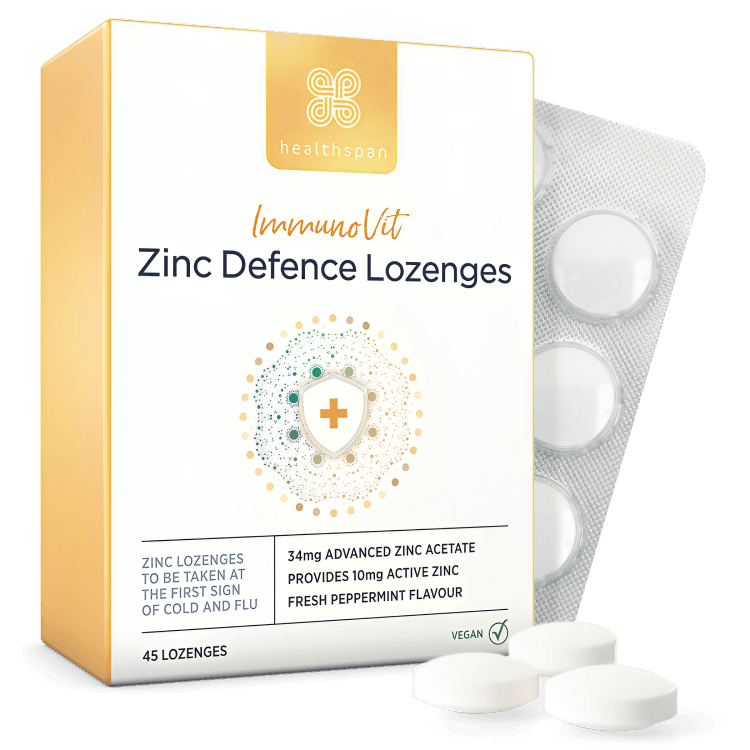
“
Cold and Flu Care Essentials provides reliable, engaging insight into identifying symptoms of both the common cold and the flu, along with effective treatment approaches. This guide uses the primary keyword consistently, offering practical understanding and useful advice.1
1
”
Physicians emphasize gentle rest at the onset of symptoms to bolster immune response, ensuring body resources focus on healing. Staying hydrated aids immune cells and speeds recovery, per medical guidance. 1
Clear nasal discharge early in a cold usually indicates a viral infection. Thicker or colored mucus doesn’t always mean bacteria, so antibiotics should only be used if a doctor confirms a bacterial infection. 2

A high fever above 38°C accompanied by sudden chills is more likely to signal influenza than a common cold. Starting antiviral medications within 48 hours can help reduce the flu’s severity.
Over-the-counter decongestants, such as pseudoephedrine, temporarily relieve nasal blockage by shrinking swollen blood vessels; hydration helps counteract possible side effects like increased blood pressure. 3
Acetaminophen or ibuprofen effectively reduces fever and alleviates aches in both cold and flu patients; adhering to recommended dosages and intervals prevents liver or kidney complications. 4
Honey combined with warm water or herbal tea soothes irritated throat tissues and suppresses cough reflex; limitations apply for children under one year due to botulism risk. 5
Humidifiers increase ambient moisture, easing nasal and throat discomfort; well-cleaned devices prevent mold and bacteria growth, making them hygienically safe in indoor environments. 6
Regular handwashing with soap and water or alcohol-based sanitizers significantly reduces viral transmission, particularly after touching contaminated surfaces or being in crowded places. 7
Restful sleep enhances immune system performance by regulating cytokines and promoting tissue repair, accelerating recovery from both influenza and common cold viruses. 8

Nasal irrigation with saline solution gently flushes mucus and allergens from nasal passages, easing breathing; regular use aids congestion relief without antiviral or antibiotic concerns.
Vitamin C’s role in preventing colds is modest, but supplementation during early symptom onset may shorten duration; dietary sources like citrus still support immune health. 9
Physical activity should be paused when experiencing fever or significant malaise; light walking can resume during the recovery phase, but avoid intense workouts until fully healthy. 10
Antiviral medications like oseltamivir shorten influenza duration and reduce complication risk, particularly in high-risk groups; consulting a physician early is essential for prescription. 11
Avoiding smoking and secondhand smoke improves respiratory healing, as smoke irritants exacerbate inflammation and prolong cough or congestion symptoms during colds and flu. 12

Zinc lozenges taken within twenty-four hours of symptom onset may reduce cold duration; keep within daily limits to avoid gastrointestinal upset or metallic aftertaste.
Psychological stress weakens immune defense by disrupting hormone balance; incorporating relaxation techniques like deep breathing or mindful meditation supports faster recovery from respiratory illness. 13
Monitoring symptoms over several days helps distinguish typical duration from complications; persistent high fever, chest pain, or shortness of breath requires medical evaluation. 14
Pharmacists recommend using throat sprays combining antiseptic and anesthetic agents to relieve sore throat pain, but these should complement rest, fluids, and overall supportive care. 15
Seasonal flu vaccinations significantly reduce flu risk and severity; annual immunization is recommended for most individuals aged six months and older to prevent complications. 16
Workers with cold or flu symptoms should minimize public exposure; staying home until fever-free for at least twenty-four hours reduces spread and supports workplace health.17


